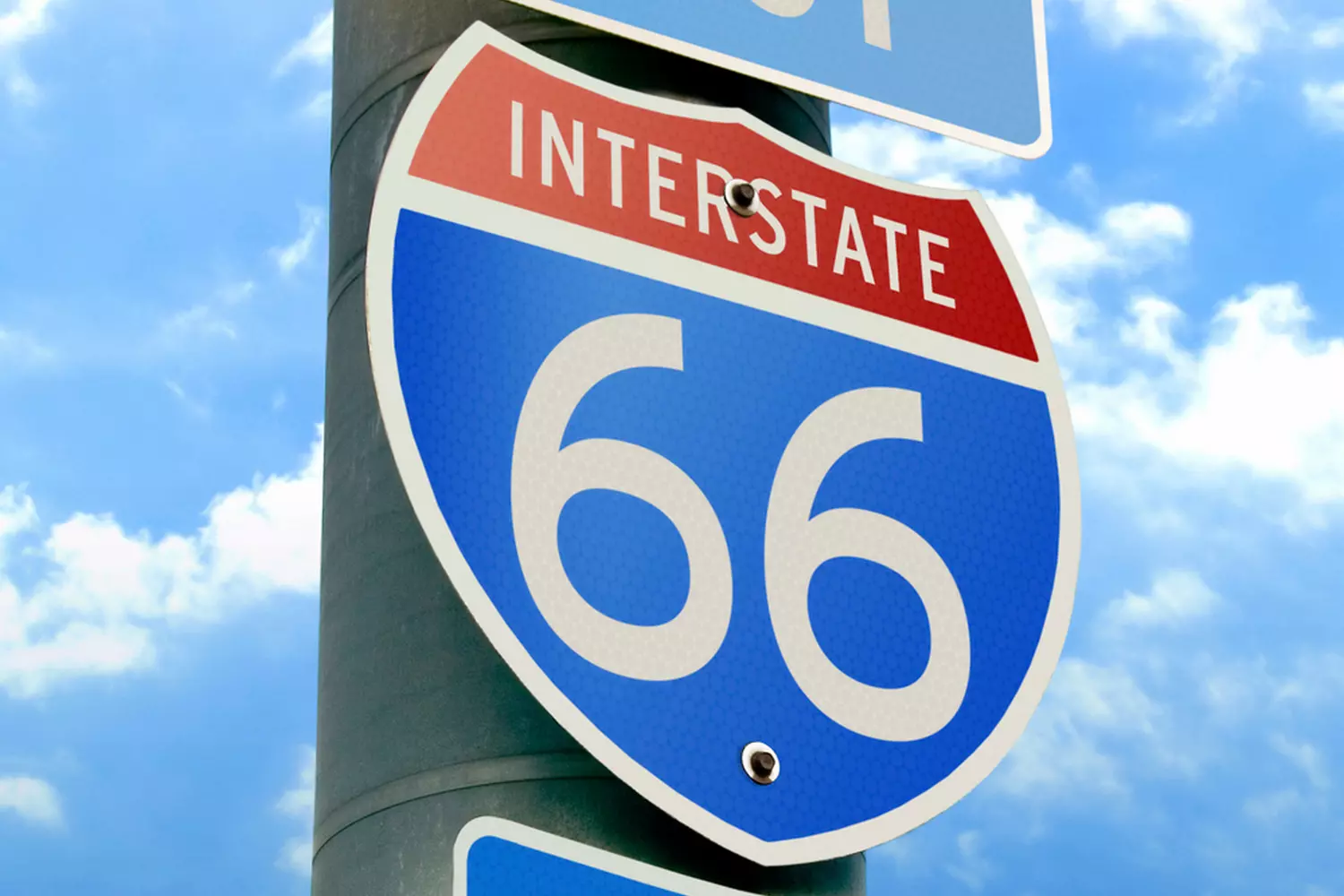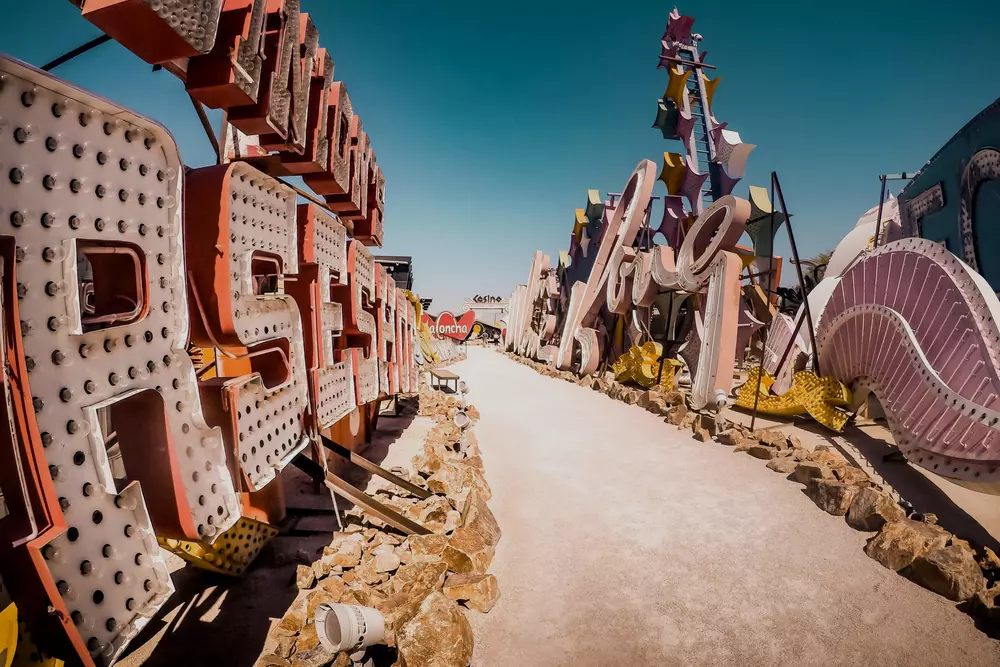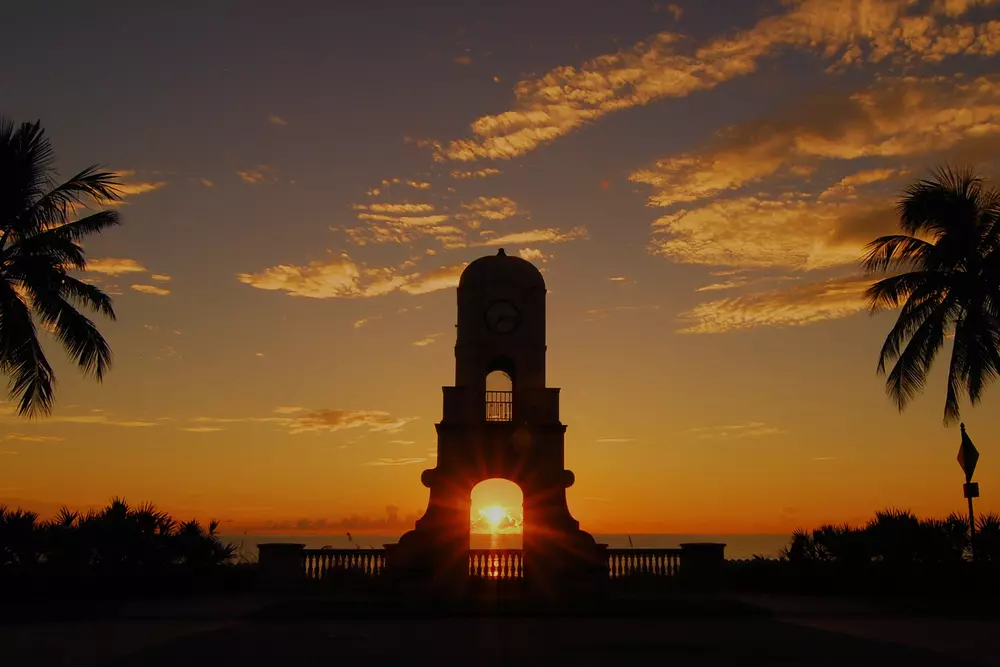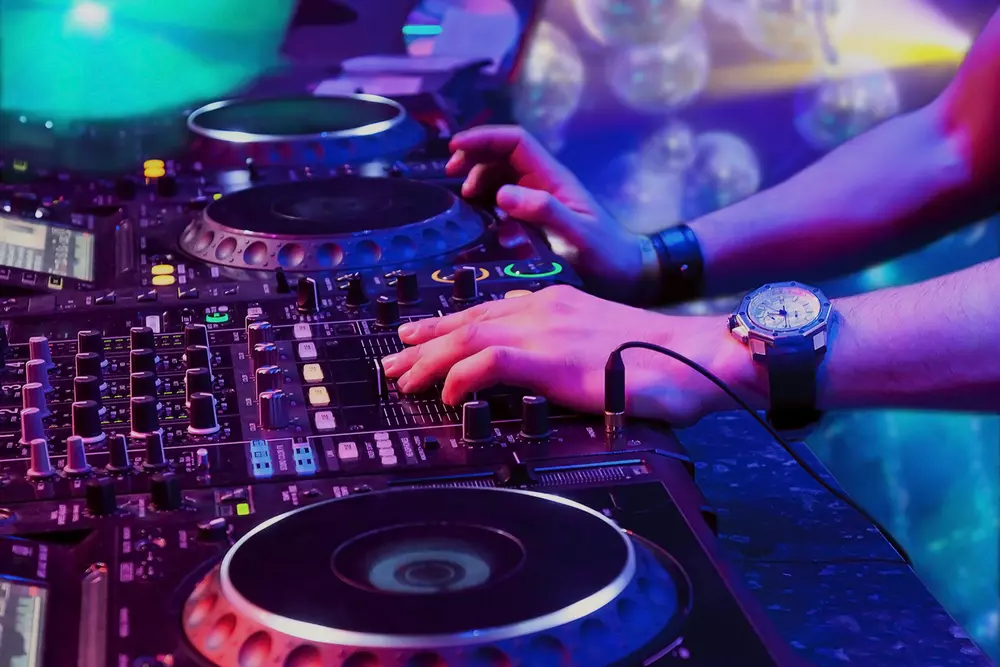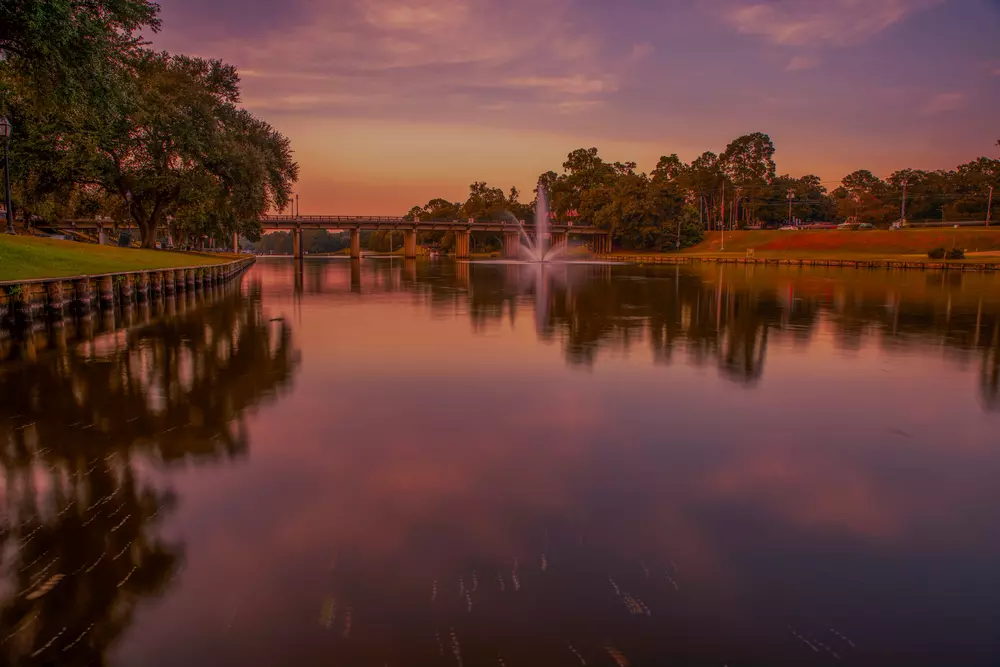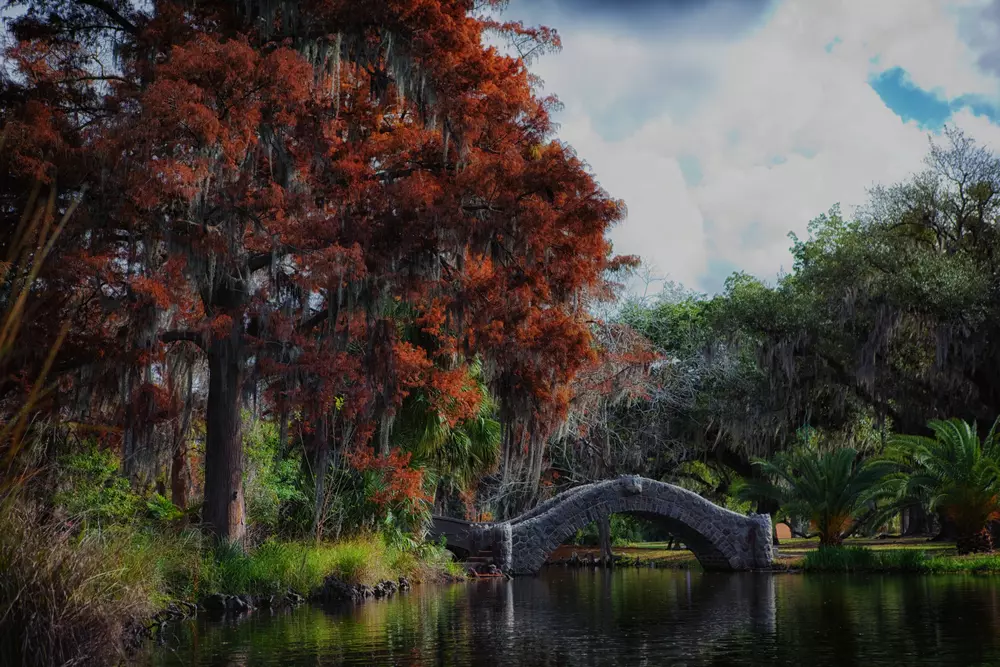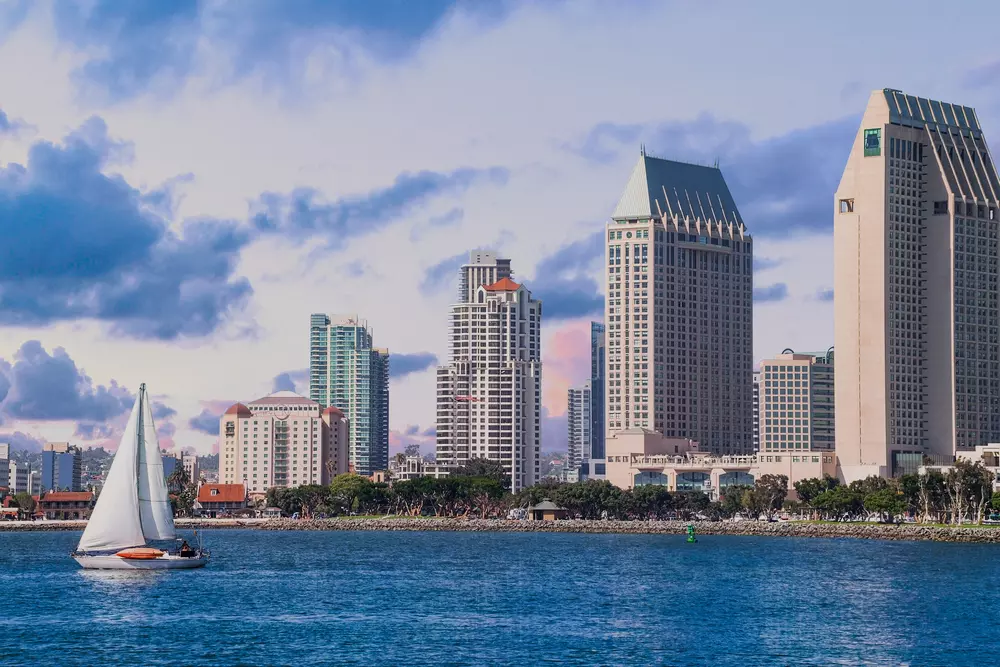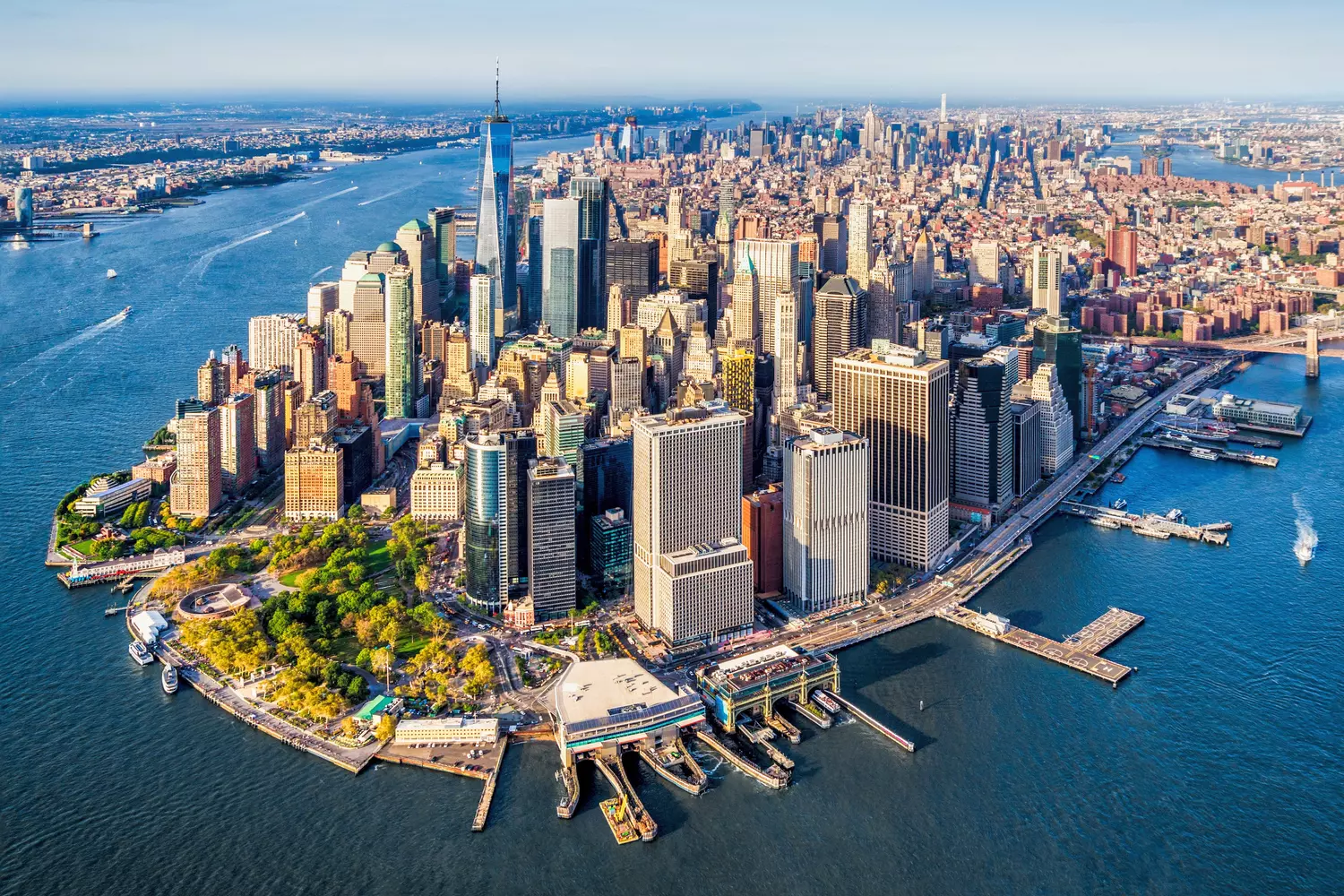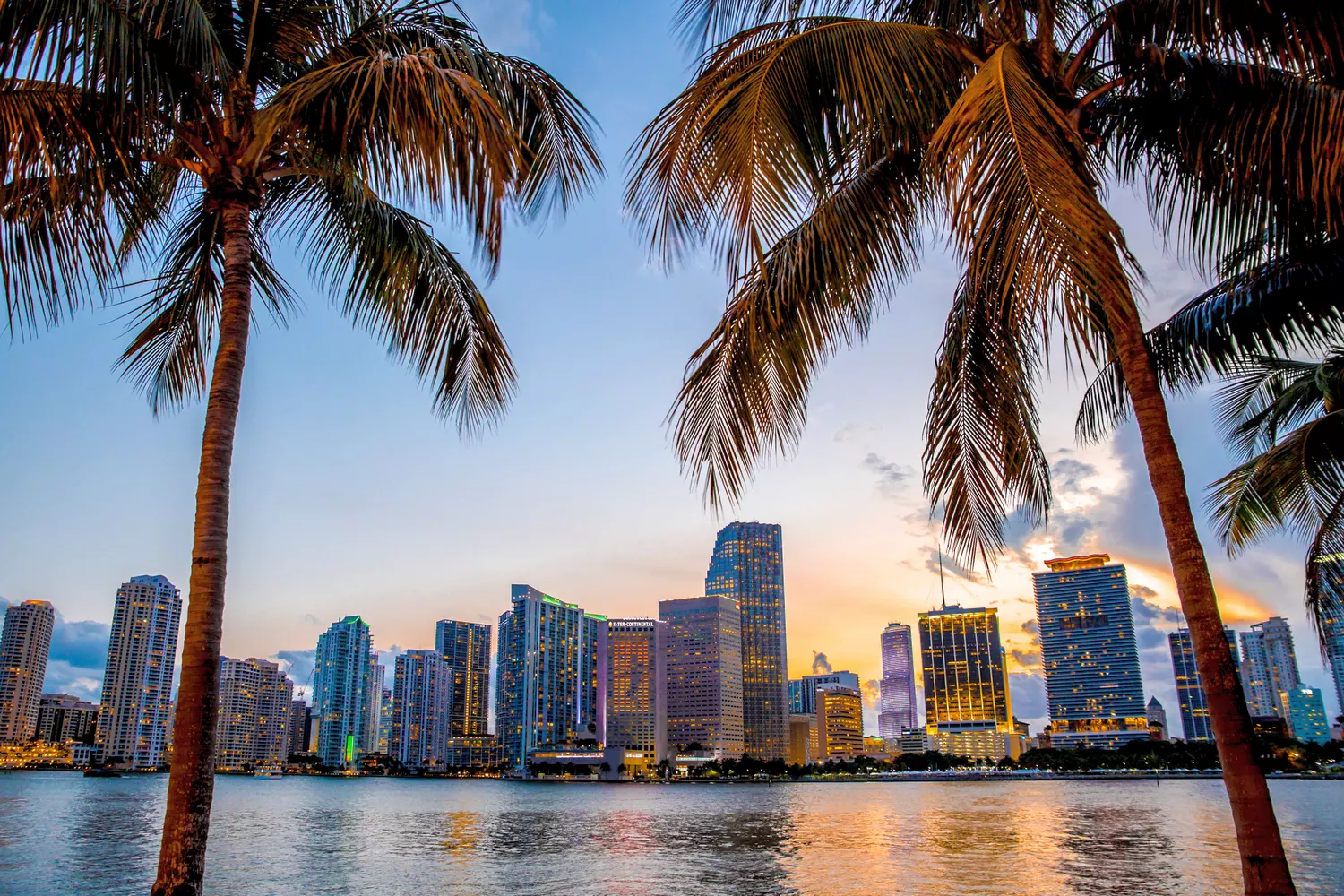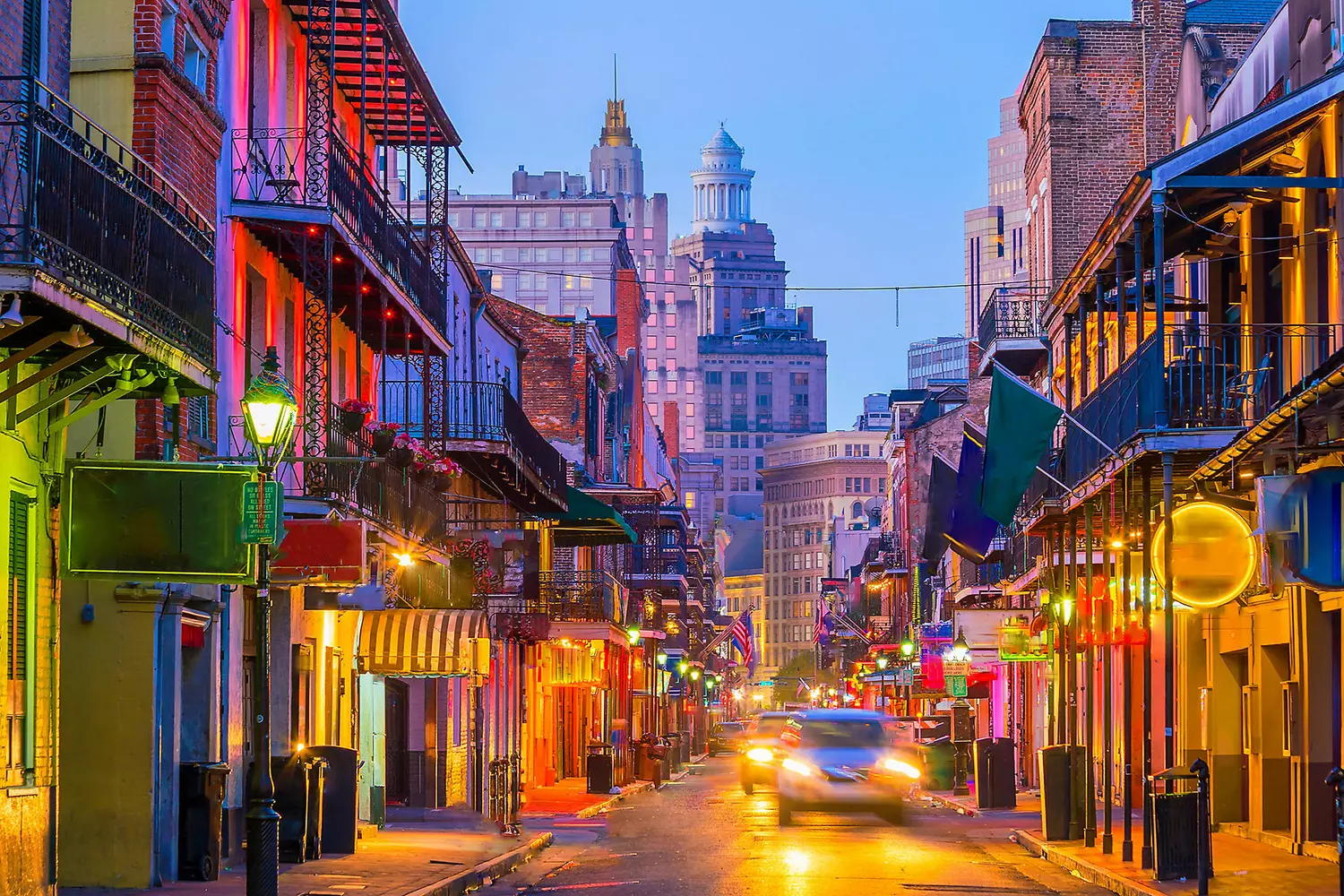Welcome to Black Rock, wanderer...
You’re not just reading an article about a festival. You’re staring into the shimmering haze on the horizon — where there’s no Wi-Fi, but signals pulse from the heart of the universe. Where every morning smells of dust and burned illusions, and night arrives to music no one ever recorded. You’re standing at the threshold of madness disguised as art, and art that masquerades as madness.
Nothing is bought or sold here. Only created — and burned. Sometimes literally.
Burning Man is not just a festival. It’s a ritual. A psychedelic confession. A test of freedom. It’s your inner rebellion against office chairs, tight schedules, credit cards, and meanings spoon-fed through ads. It’s where, for the first time in a long time, you ask yourself: “Who am I, really?” And maybe — just maybe — answer honestly.
Here, in the Black Rock Desert, the lines between reality and imagination burn away in a single week. And as the wooden man goes up in flames, something real ignites inside you.
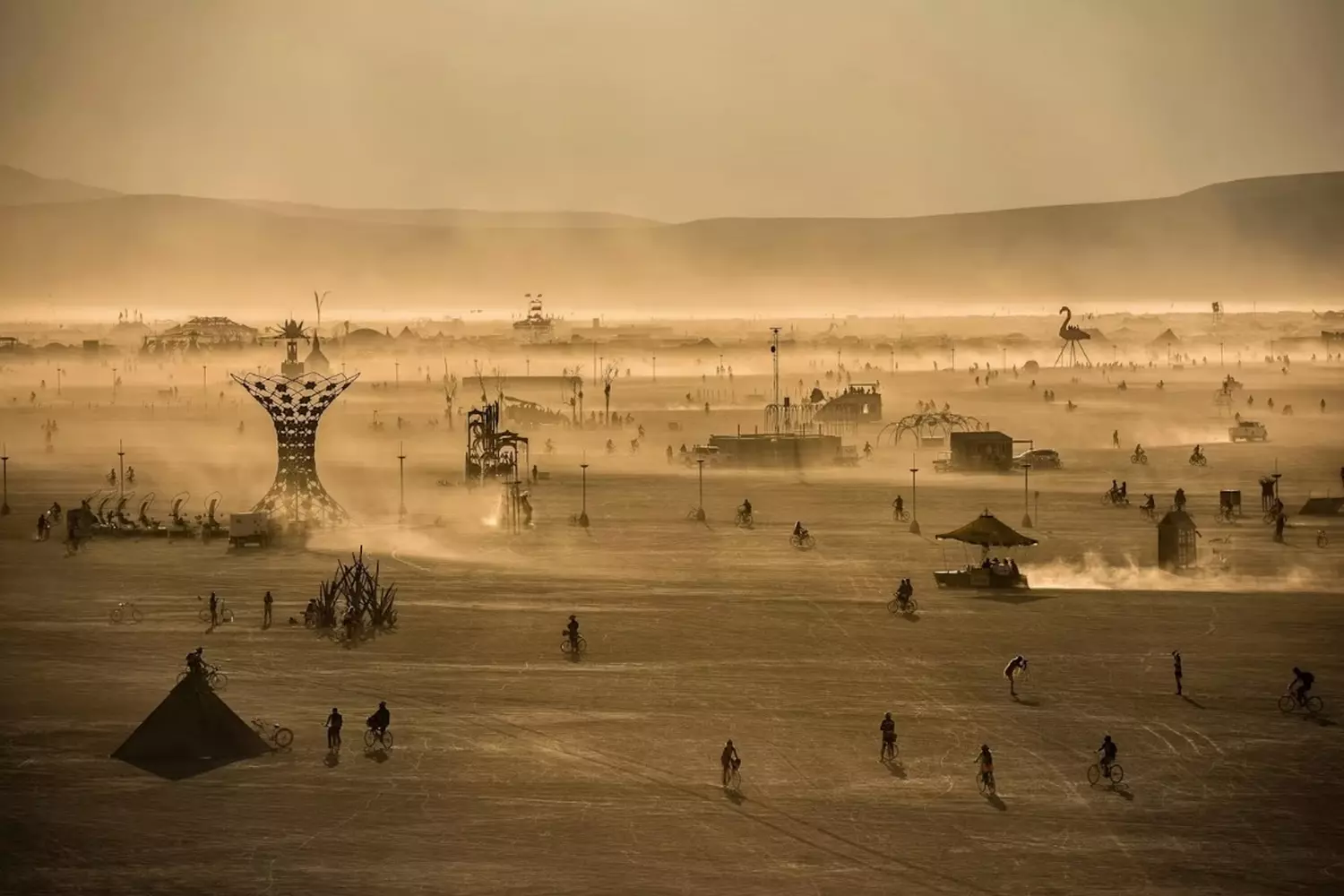
2013 marked Black Rock City’s first psychogeographic dive. Burners mapped the playa’s emotional DNA — where joy, awe, or quiet chaos clustered. These invisible contours later shaped temples, art cars, and sacred dust rituals.
How a single bonfire became a cultural phenomenon
It all began humbly — so humbly, in fact, that no one imagined they were igniting not just a wooden effigy, but an entire philosophy. Summer of 1986. Baker Beach, San Francisco. A handful of friends, tired of corporate nonsense and the suffocating rules of city life, built a two-meter-tall wooden man and set him ablaze at the edge of the Pacific Ocean. It wasn’t a performance. It was a cleansing. A gesture rejecting all the artificial buildup within.
The fire proved contagious.
The idea grew — like a myth. Year after year, the bonfire got bigger, and so did the number of those who wanted to burn with it. The beach became too small, and the celebration moved to the desert. Thus was born Black Rock City — a one-week mirage, the capital of anarchy, love, and self-discovery.
This isn’t a festival crafted by marketers. It’s a phenomenon born from the need to be real. No one sells happiness here. It’s carved out of plywood, painted with phosphorescent colors, and set on fire to the soundtrack of techno and stars.
Over the years, Burning Man has accumulated legends, contradictions, and a philosophy of its own. It’s been criticized for elitism, expansion, chaos. But it has endured — because it belongs to no one. It’s a place where the past dies, and the future dances in the dust.
Today, Burning Man draws tens of thousands from all corners of the Earth. Among them are no tourists — only participants. People willing to cross out a week on the calendar for an experience that defies description. For a desert where money loses its value and art becomes the only currency. Where who you are matters more than what brand you wear.
Burning Man has become the cultural code of an entire generation — an alternate reality where anyone can become whoever they want — or, more importantly, simply themselves.
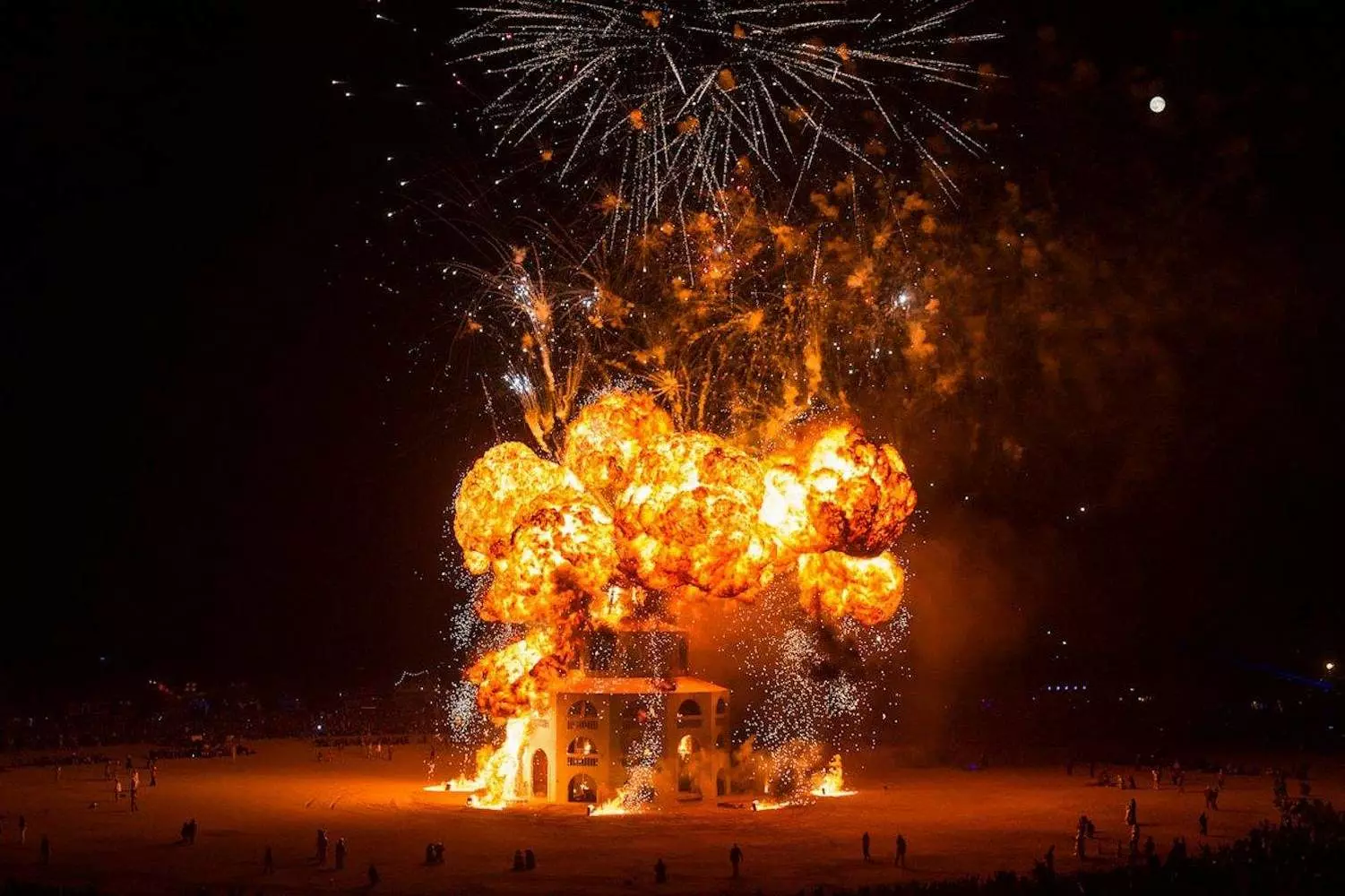
Burning Man's Guiding Tenets: Freedom as Foundation
Burning Man stands on 10 principles — each one a slap in the face to the conventional way of life. These aren’t just words on a website. They’re the commandments by which the desert city breathes and lives.
- 01. Radical Self-Expression
You can be anyone. Even yourself. - 02. Radical Inclusion
There are no outsiders here. Everyone belongs — until proven otherwise. - 03. Gifting
You give without expecting anything in return. Not even a thank-you. Just because you can. - 04. Decommodification
Forget the word "brand". Here, things are an extension of your inner world — not a label. - 05. Civic Responsibility
Freedom only works when you own the consequences that come with it. - 06. Participation
You can’t just watch. You’re either part of it or a spectator — and the latter aren’t welcome here. - 07. Leave No Trace
The desert must remain as you found it. If not — you don’t belong. - 08. Immediacy
Life happens right now. Or it doesn’t happen at all. - 09. Radical Self-Reliance
You must survive on your own. All you have — is you. - 10. Communal Effort
No one survives alone. Only together can we build the city of dreams.
These aren’t slogans. They’re tribal law in the digital age. Break them — and the desert will let you know. Brutally. Honestly. Without mercy. It doesn’t speak, but it listens.
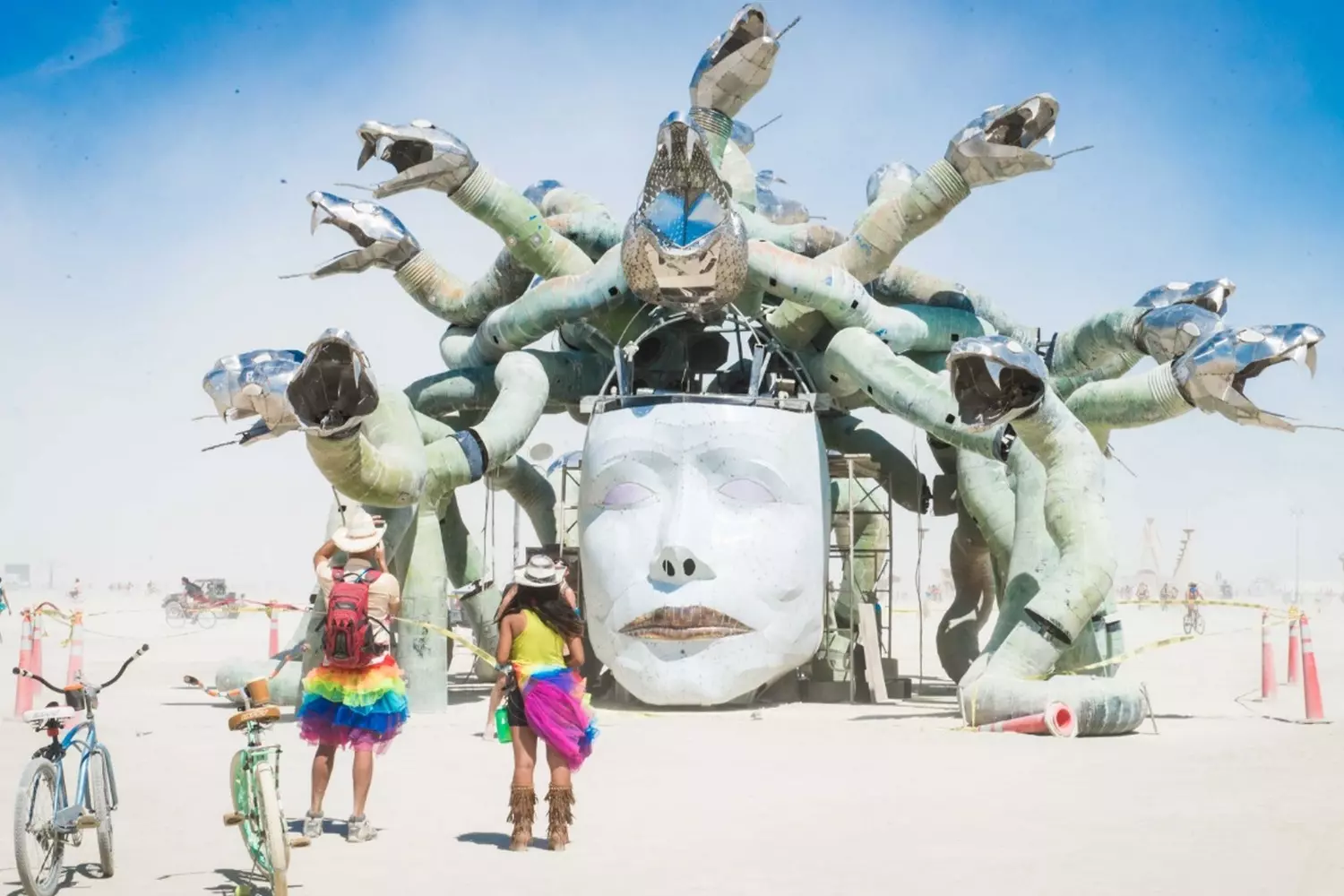
What Black Rock City Looks Like During Burning Man
During the festival, a ghost city rises from the desert — Black Rock City. But this isn’t just a tent camp or a gathering of eccentrics. It’s an engineering, social, and artistic phenomenon. Its layout resembles a giant clock — or perhaps a radar from an ancient civilization lost among dusty stars. At its center stands The Man, a symbol of purification, catharsis, and collective madness. A towering wooden figure, always on the verge of vanishing into flame.
All around — art installations, camps, stages, themed zones. You might stumble upon a Temple of Silence where people leave letters for the dead. Or a UFO-shaped bar where cocktails are poured by silver-suited aliens. Every inch of space carries meaning, metaphor — or at least a really good joke.
And everything is wrapped in dust. Fine as flour. Harsh as truth. It gets everywhere — your nose, your ears, your hair, your soul. This dust is more than residue on your skin. It’s a spontaneous artist. That’s why photos from the festival look like dreams — blurred, golden, surreal. Even sunlight feels different here, like it passed through a filter of inner transformation.
Art That Breathes Dust
Every art piece at Burning Man is a temporary miracle. Towering sculptures, light installations, beast-machines, temples, sound capsules — all created to disappear. To breathe once, ignite, and crumble into sand.
You walk through the desert and suddenly see a giant hand rising from the earth. Or a ship sailing through dust. Or a pipe organ built from scrap metal, playing in harmony with the wind. This isn’t art for the sake of it. It’s born from pain, from dreams, from loneliness, from madness. And it burns — to live on only in your memory.
Many pieces take years to build and weeks to transport to the desert. Only to vanish in flames or dissolve in a dust storm. It’s art without eternity. But full of truth.
The Final Fire
Everything builds toward the burning of The Man — the giant wooden figure at the center. It’s not just an ending. It’s a ritual. The death of your old self. A cleansing. A beginning. People gather in a circle. Dust, dancing, fire. An explosion.
And then comes the Temple. A second burn, lesser-known, but far deeper. People say goodbye. Leave letters. Cry. Sit in silence. And the fire takes away all that needed to be let go.
This is where you understand what matters. Who you are. And what you no longer need to carry with you.
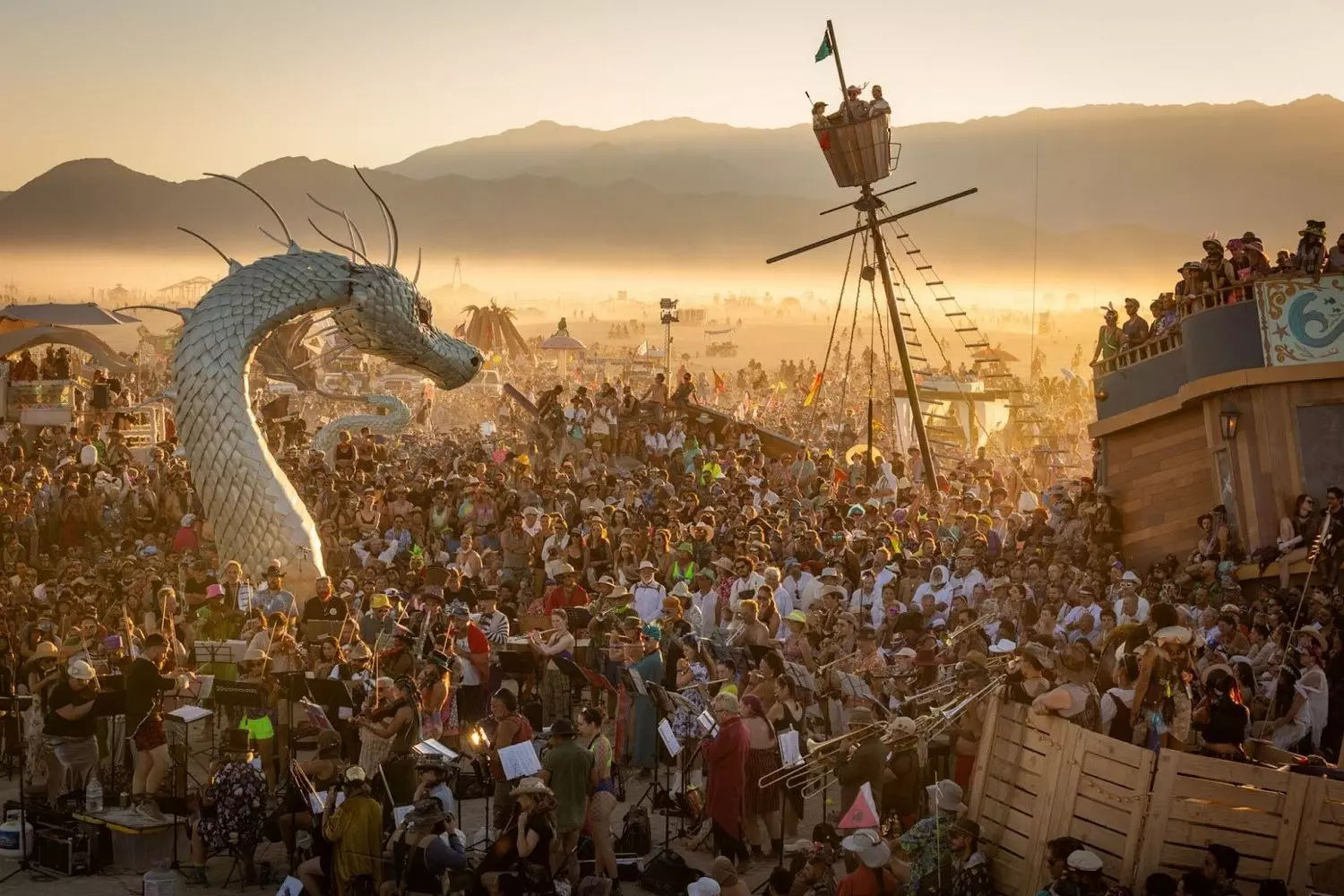
What occurs there? The full spectrum of human experience
At Burning Man, there are no spectators. Only participants. Passivity here is like showing up to a masquerade in a tuxedo just to stand in the corner. The world of Burning Man is a place where you are expected to create, destroy, reinvent yourself. Want to walk around dressed as a unicorn? Do it on stilts, blowing soap bubbles. Want to build a pyramid that sings to the wind? Build it. Any madness here is simply a shape your inner truth decides to wear.
Here are just fragments of what might meet you among the swirling dust:
- Fire-breathing dragons on wheels, exhaling flames in sync with techno beats.
- Yoga at sunrise to the music of Pink Floyd, where every breath feels like discovering a new galaxy.
- Psychedelic cinema under the stars, where you lounge in a cactus-shaped chair next to a talking llama.
- A free bar that operates on Saturn time—you enter only during precise cosmic minutes and receive a cocktail called the Milky Way.
- Art that vanishes like a mirage, leaving only a lingering aftertaste and a layer of dust on your skin.
This isn’t entertainment. These are flashes of consciousness — experiences that shake you. Revelations. Glitches in the matrix you’ve been unknowingly searching for all your life.
In the Desert, Everything Moves Differently
Out here, moving from point A to point B isn’t just transportation — it’s expression. A transformation of space and time. The vehicles at Burning Man are mobile art — liberated from function, built from freedom. Not transportation — but declaration. Of self. Of place. In this wild, dusty universe.
There are no ordinary cars in the desert. Instead, among half-charred installations and smoldering ruins, you’ll find anything that can roll — from bizarre bikes with giant wheels to modified vehicles turned into flame-spitting monsters. And just like the costumes, everything starts with an idea.
Many participants begin months in advance, creating their own dream machines. Vintage cars wrapped in shag carpet and mosaics. Futuristic vehicles straight out of a sci-fi vision. Some build towering wheels onto an old frame, transforming it into a beast — not just for getting around, but for performing a fire-breathing spectacle.
The desert becomes a massive showroom where no two rides are alike. There’s no such thing as "too weird." Put your imagination on wheels. Retro-futurist machines with synthwave aesthetics, wheeled barges that teleport you into other dimensions, bikes with smoke cannons that turn a ride into a show.
DIY vehicles reign supreme in the desert. Race trikes, cactus cars, flaming bikes rigged with LED strips and fire-breathing systems. It’s not just how you move. It’s how you speak. A declaration of freedom. Nothing is predictable — and that’s what makes every step feel like you’re crossing into another dimension. This journey across the Playa isn’t just movement. It’s a quest for a new world, where every wheel might reveal a universe.
The vehicles of Burning Man become a metaphor for everything happening here: they bring people together, allow you to traverse not just sand but possibility. In the desert, even space and time become elastic. You can truly escape your world and become something — or someone — else entirely. And when you’re riding your own wild creation — you *are* the mirage everyone came to see.

Soundtracks of the Dust: Music Breathing Life into the Void
The sounds of Burning Man are more than rhythms. They’re the pulse of the desert, the heartbeat of fire and sandstorms. Sounds that invade your body and make it move — even if you don’t know how. Music isn’t background noise here. It’s the soul of the festival — a wild organ chord awakening some forgotten memory of ancient rites.
Thanks to artists like Carl Cox, whose Burning Man sets have become legendary, the desert transforms into a place where sound becomes a living, breathing force. His techno and house create a space where everything except rhythm dissolves into nothing. Richie Hawtin, a pioneering force in minimal techno, is another iconic presence at this desert celebration. His open-air sets aren’t just music — they’re meditations that cut deeper with every beat.
But Burning Man isn’t just about electronic music. You’ll also stumble upon live performers like The Orb, whose sets feel like sound journeys — musical trips where tones dissolve into the dust and become part of the desert’s mythology. Their ambient soundscapes don’t accompany the experience — they *are* the atmosphere. When someone like Moby plays one of his iconic tracks beside an art installation, you realize: here, art always dances on the edge of the impossible. Sound and light merge into something that tears you from reality.
DJ Harvey, now a cult figure at the festival, is proof that dance beats can lead to total purification. His sets travel through time — blending hits with hidden gems that shatter expectations and set your body into the rhythm of the desert.
You might also hear Tame Impala, Thievery Corporation, and other groups whose sound fuses perfectly with the spirit of the Playa. Their music builds a psychedelic atmosphere in which each soul can discover their own harmony.
Explosive guitar riffs and waves of synths melt into the cosmic wasteland. The dancers — spellbound, unshackled — become part of this great symphony of emptiness and light. This isn’t a concert. It’s a form of ecstasy — not just hearing music, but becoming it.
The music of Burning Man isn’t just waves and beats. It’s the voice of the planet, echoing across the desert — the sound of its ancient soul, heard at last.
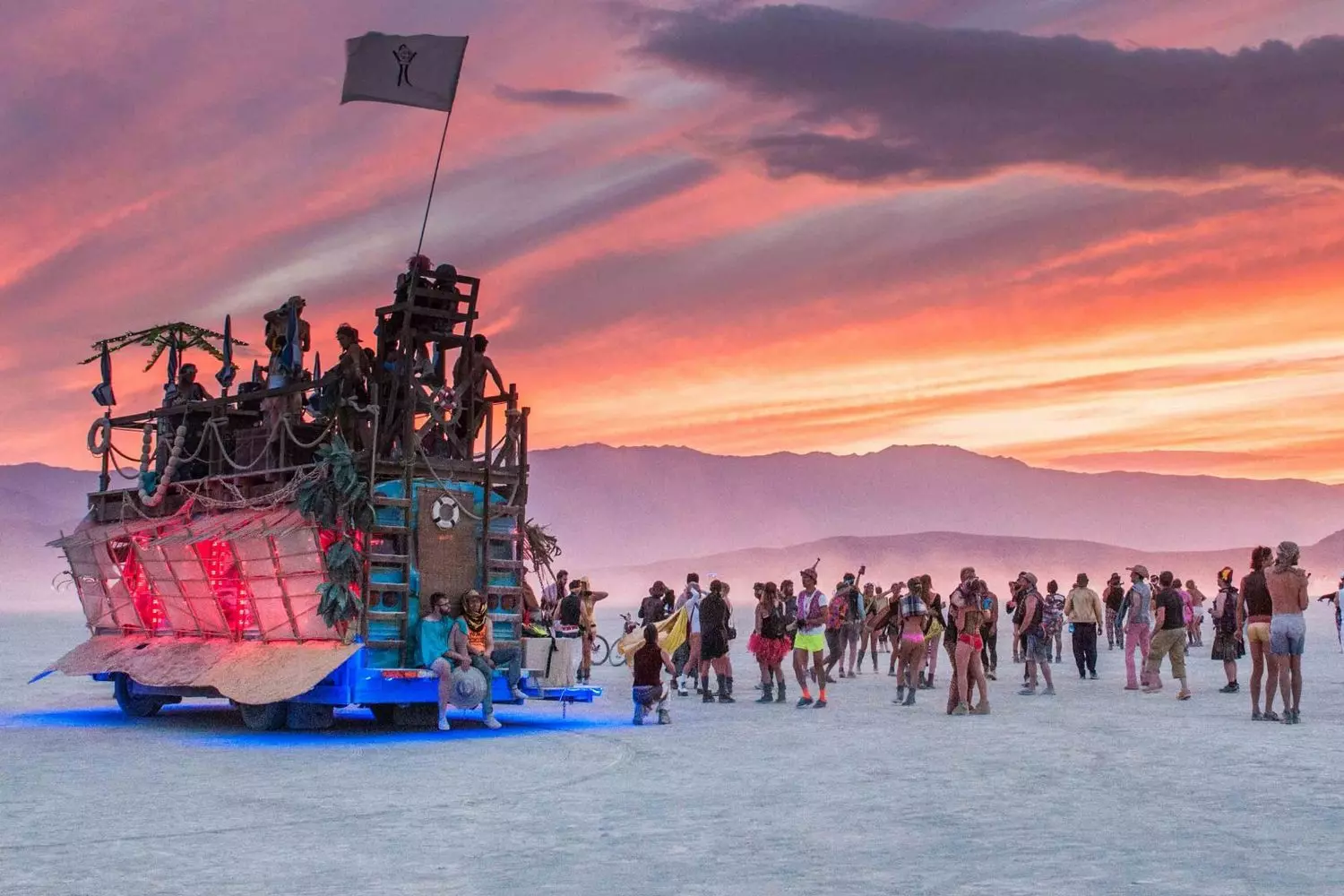
Интерстейты и хайвеи в США: как устроены американские дороги
Radical Self-Expression: Your Skin is the Installation
At Burning Man, costumes aren’t just clothes. They’re masks — ways to either hide or reveal your deepest fears, desires, and dreams. Beneath every outfit lies an entire universe. You’re not just dressing up. You’re transforming. And that’s exactly what happens out on the Playa.
How do you prepare for this enchanted spectacle? Simple. Take everything inside your soul and turn it into fabric, fur, metal, feathers — even fire. Every participant becomes part of a global costume performance that blows apart the boundaries of fashion and logic. There are no rules. Traditions are illusions, waiting to be rewritten with a single gesture.
Costumes at Burning Man aren’t about traditional beauty. They’re about freedom. Transformation. When you choose a costume, you choose to become someone else — and at the same time, more truly yourself. It’s a protest against a world that demands conformity, applauds sameness, and defines people by appearances.
Many spend months — even years — preparing. They cut, sew, bead, weld, and build. Heavy metal wings that make walking nearly impossible? Doesn’t matter. What matters is that they become the heroes of their own mythology. A glass-winged unicorn. A psychedelic astronaut with flame-spewing helmets. A dancing robot alive with neon dreams. Each costume is a personal story — a shard of the endless reality that is Burning Man.
People prep in all sorts of ways. Some reuse pieces from past years. Others commission designers. And many create their look right in the moment. Making your costume isn’t just a step toward the festival — it’s part of the liberation that happens in the desert. Because this isn’t just clothing. It’s art. It’s the voice of the times, stitched in sequins and fire.
Expect to see costumes that shift with the light, that morph as you move, that defy logic. And even if you arrive in something ordinary, it won’t last long. Out here, you can’t remain who you were. You’ll become someone else — or vanish into the dusty void.
And that’s where the freedom lies. A costume at Burning Man isn’t a disguise — it’s a revelation. A shedding of the masks we wear in the outside world, and an acceptance of the truth that emerges when you stand in the sand, lit by fire, and become part of a myth being born in the night.
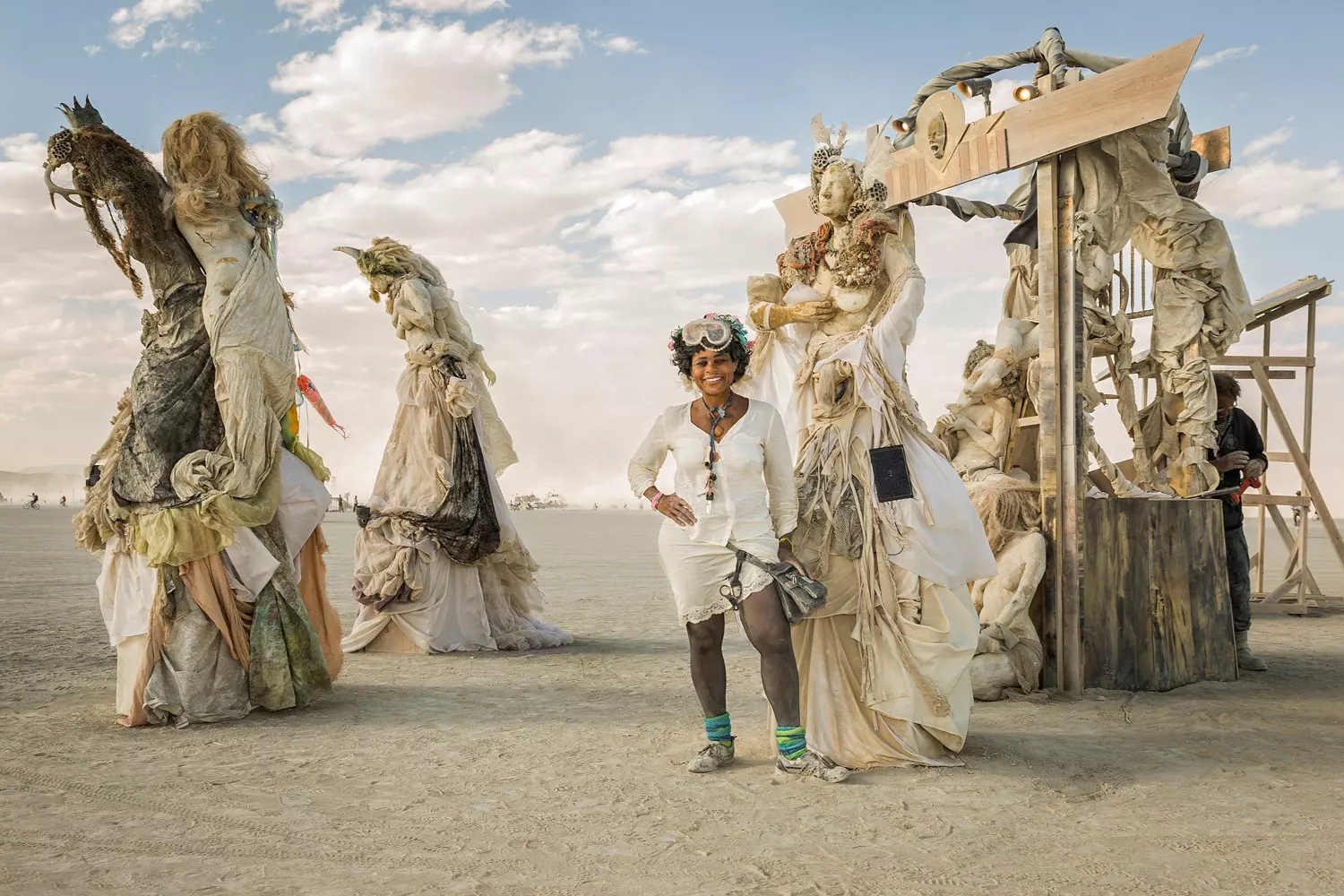
Dust Pilgrim’s Handbook: The Sacred Art of Getting Lost
To get to Burning Man, you have to cross a desert — not just physically, but spiritually. This journey begins long before you see the first sand dunes or people dressed in strange costumes. There are no familiar roads here, no direct routes. There is only a destination and your inner compass, which tells you this trip is more than travel — it’s a personal quest.
- Tickets
This is the first trial. They're not sold on every corner like concert tickets — they are part of a mystical ritual. You can't just go and buy them. You need to register and then go through a lottery. There's no guarantee you'll get one. But if luck is on your side, you receive the coveted pass to the desert, starting at $575 and up. Yes, you're paying not just for entry into another world, but for the right to be part of something greater than a festival. You're buying a ticket for a journey where your only guide will be yourself.
Once the ticket is in your pocket, the next stage begins: logistics. Getting to the desert isn’t easy, and the journey itself becomes part of the experience. From the nearest city — Reno or San Francisco — you’ll have to cross hundreds of miles of desolate roads, where even GPS can get lost in sandstorms. You prepare your vehicle like it’s going on an expedition, where every moment might become extraordinary. - Self-reliance
There are no convenient supermarkets or pharmacies here. You are your own logistician, guardian, and hero. You must carry enough water, food, a tent, costumes, and protection against sandstorms. You're going into the desert to learn how to be yourself — but everything you bring must be well thought out. Here, in the heart of nowhere, you're one-on-one with yourself. And you’ll experience something far deeper than a festival. - Transport
It’s not just a way to get there — it’s a symbol of your journey. You can take a traditional car, but who says you can’t travel in your own “strange” vehicle? At Burning Man, everything is possible: maybe you’ll arrive in a psychedelic bus covered in mirrors, or an inferno-spewing bike glowing in the dark like a frigate from the future. It’s not about the route — it’s about the process. The road to Burning Man becomes its own kind of adventure.
After all this preparation, you'll realize the path to the desert is part of the purification you’re seeking. You’ll forget the discomfort and the chaos of the world you left behind. And there you are. But the festival isn’t just an event you attend. It’s a story you live through. And maybe, just maybe, the moment you started the journey, you already became part of something greater.
Desert Survival Checklist
- Water
Not a luxury, a necessity. At least 4 liters per day per person — and that’s if you’re not dancing from dawn till dusk. More is better. Dehydration in the desert doesn’t arrive with a warning — it’s a sentence. - Food
Forget foie gras. Here, people survive on nuts, energy bars, and canned soups. The key is calories, simplicity, and shelf-life. - Goggles and a mask
Sandstorms strike suddenly, like emotional meltdowns. Without protection, you’ll quickly realize that dust can be a lifeform all its own — and a hostile one. - Costumes
Don’t limit yourself. The brighter, crazier, more surreal — the better. You can’t go over the top, because here, “too much” doesn’t exist. - Trash bag
Everything you bring, you take back. Even the ashes of your illusions. The desert does not forgive pollution — it remembers everyone who leaves a trace.
Burning Man is not a festival. It’s a mirror — you either see emptiness, or you find yourself.
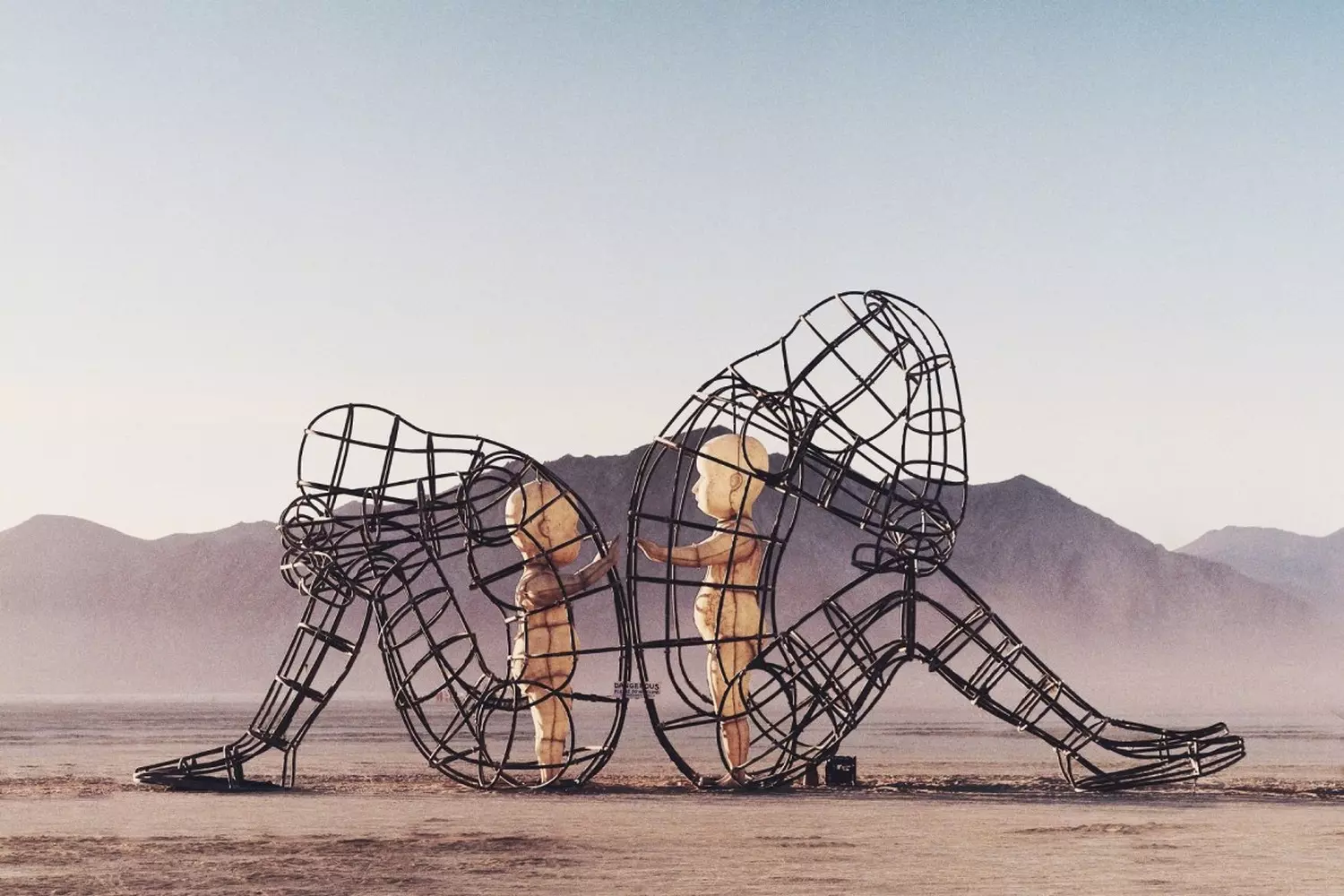
Why You Should Go to Burning Man with American Butler
At Burning Man, people don’t just relax. They purify themselves. They burn away inner fears along with a giant effigy. They dance to exhaustion — just to remember what it means to be alive.
You begin to feel the taste of life return. In a world where everything is bought and sold, here, you can simply exist.
The desert doesn’t forgive mistakes. But if you truly want to experience Burning Man — do it right. American Butler takes care of everything: tickets, logistics, gear, adaptation, support. You — just live.
Burning Man isn’t for everyone. But if you feel like you need to be there, then you need to be there.
American Butler — discover your true self in the ashes of the desert.














